When you’re seeking that halcyon locale that reminds you of the best summer ever, think Atlantic Canada. With a surfeit of picturesque fishing villages, scenic coastlines, and a maritime heritage, Atlantic Canada offers visitors the best of the seashore.
Comprised of the Canadian provinces of New Brunswick, Newfoundland and Labrador, Nova Scotia, and Prince Edward Island, the Atlantic Canadaregion features some of the world’s most stunning landscapes. Where else can you whale watch and marvel at a flotilla of icebergs and witness the world’s highest tides rise to more than 50 feet?
Now is the time to start planning for your idyll in Atlantic Canada.
New Brunswick: New Brunswick sits on the Bay of Fundy where, twice a day, one hundred billion tons of seawater flow in and out, rising from low tide to the world’s highest tide with a height of up to 53 feet.
During summer and fall, the Bay’s nutrient-rich waters attract 12 species of whales, including half of the world’s endangered North Atlantic Right whales. For almost 30 years, the Fundy Marine Science Institute’s Whale Camp has been offering hands-on learning experiences and face-to-face encounters with whales, dolphins, porpoises, seals and puffins.
Lying on the Bay of Fundy, Saint John dates from 1785 and is Canada’s oldest incorporated city. Visitors enjoy North America’s oldest market (1876) and Canada’s oldest museum in continuous operation, the New Brunswick Museum, whose exhibits present 350 million years of natural history.
Nearly ninety percent of the province of New Brunswick is covered by 15 million acres of forests of spruce and fir, which are interspersed with stands of poplar and maple. The woods are home to 84,000 deer; 30,000 moose; and 16,000 black bears.
Earlier in its forested history, New Brunswick was crisscrossed with more than 80 ancient portage trails originally used by the Mi’kmaq and Maliseet. Visitors to New Brunswick have the chance to explore more of this Atlantic Canadian province’s pristine interior with the opening of ancient portage trails.
A challenging wilderness trail, The Fundy Footpath is a unique 30-mile section of the Trans Canada Trail, a countrywide network stretching from the Atlantic to the Pacific. Hugging the cliff tops above the Bay of Fundy, the Footpath winds along one of the last remaining coastal wilderness areas between Florida and Labrador.
Newfoundland and Labrador: Rugged and remote, Labrador’s terrain of towering mountains, isolated bays, spectacular fjords and stark tundra is home to only 28,000 people. The planet’s only tundra-dwelling black bears live here, as do plenty of polar bears. The iceberg-laden water abounds with whales and puffins and the Northern Lights illuminate the skies. “Canada’s last frontier” features some of the last unexplored wilderness in North America.
The waters around Newfoundland and Labrador have the largest concentration of humpback whales in the world, plus dozens of other whale species. Iceberg Quest takes passengers on two-hour excursions and, in addition to whales, there are dolphins and a host of seabirds including the Atlantic puffins, murres, black guillemot and shearwaters.
Iceberg Alley stretches from Labrador south to the northeast coast of Newfoundland, home of Twillingate, which is one of the best places to see the 12,000-year-old icebergs that journey from Greenland.
The province’s 10,000 miles of coastline offers some of the best sea kayaking in the world. For an adrenaline-pumping activity, visitors can ride Canada’s longest zip line in Petty Harbor right outside of St. John’s.
Nova Scotia: Visitors can drive the entire 4,700-mile coastline of Nova Scotia, all the while sampling seafood chowders from 60 restaurants, inns, resorts, lodges and B&Bs along Nova Scotia’s Chowder Trail.
Local chefs use seafood from the surrounding waters alongside fresh produce to create distinctive recipes. At Le Caveau at the Domaine de Grand Pre Winery in the Annapolis Valley, Chef Jason Lynch serves his lobster and scallop chowder with Spanish flavors: almond broth and smoked paprika. In Lunenburg, the charming UNESCO World Heritage seaport on Nova Scotia’s Lighthouse Route, Chef Shelley Steventon at the Old Fish Factory prepares her chowder with lobster, scallops, mussels, haddock, shrimp, smoked bacon, potatoes and heavy cream.
Last year’s Chowder Cook-off champion was Chef Thomas Carey of Pictou Lodge Beach Resort on the Northumberland Shore. His winning recipe included local double-smoked bacon, mussels, scallops, haddock and fresh chopped tarragon. He finished the dish with a sous-vide egg yolk and red tabiko caviar.
Coming in second, Mark Gabrieau of Gabrieau’s Bistro in Antigonish – also on the Northumberland Shore – added a splash of Pernod and a puff pastry cover. At Chives Canadian Bistro in Halifax, Chef Craig Flinn, Nova Scotia’s Culinary Ambassador of 2012, was awarded third place for his chowder that boasted jalapeno, red pepper and cilantro oil.
In the Annapolis Valley, wine lovers can sample Nova Scotia‘s award-winning wines, which have been winning international awards for several years. The province now boasts more than 70 grape growers, 550 acres under vine and 15 wineries.
Prince Edward Island: A bucolic isle in Atlantic Canada celebrated for its mussels and oysters, Prince Edward Island is also called the Bluefin tuna fishing capital of the world. Tuna, lobster, crab and mackerel thrive in the cold, clean waters surrounding Canada’s smallest province, which features 500 miles of coastline with 90 sandy beaches and the warmest water north of the Carolinas.
As well, Prince Edward Island is known as the “Million-Acre Farm” for its production of potatoes and beef on a landscape of rolling hills and red earth. To “live like islanders,” visitors to Prince Edward Island can dig for clams, tong for oysters, harvest Irish Moss, pick potatoes, or catch and cook lobsters right on the boat.
One of the best times for foodies to visit is September when PEI hosts two popular food festivals. The month-long Fall Flavours Festival features some 250 events hosted by celebrity chefs from around Canada. The annual PEI International Shellfish Festival offers chowder competitions and oyster shucking along with plenty of music and dance.
The best way to explore the five regions of Prince Edward Island is to follow one of the five coastal drives that showcase each region’s food, architectural heritage, cultural festivals and experiences, coastal and pastoral vistas, performing arts and art galleries, craft shops and artisan studios.

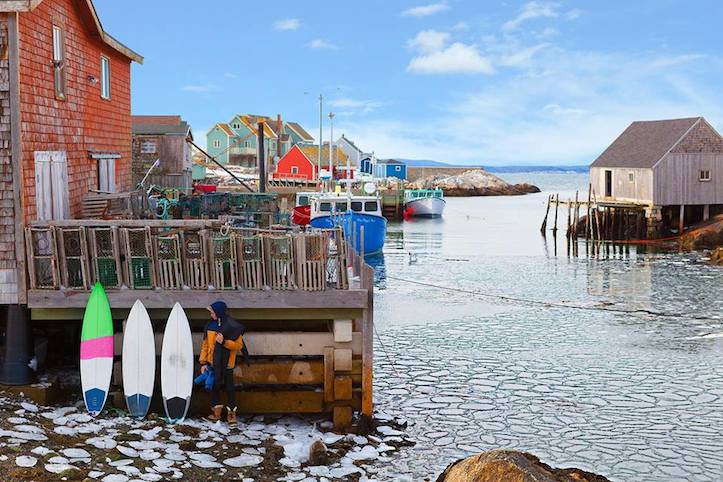
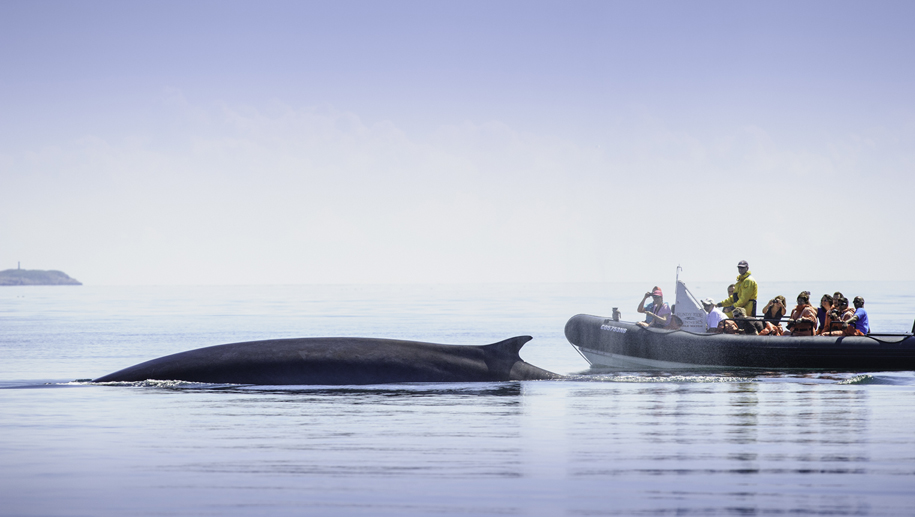
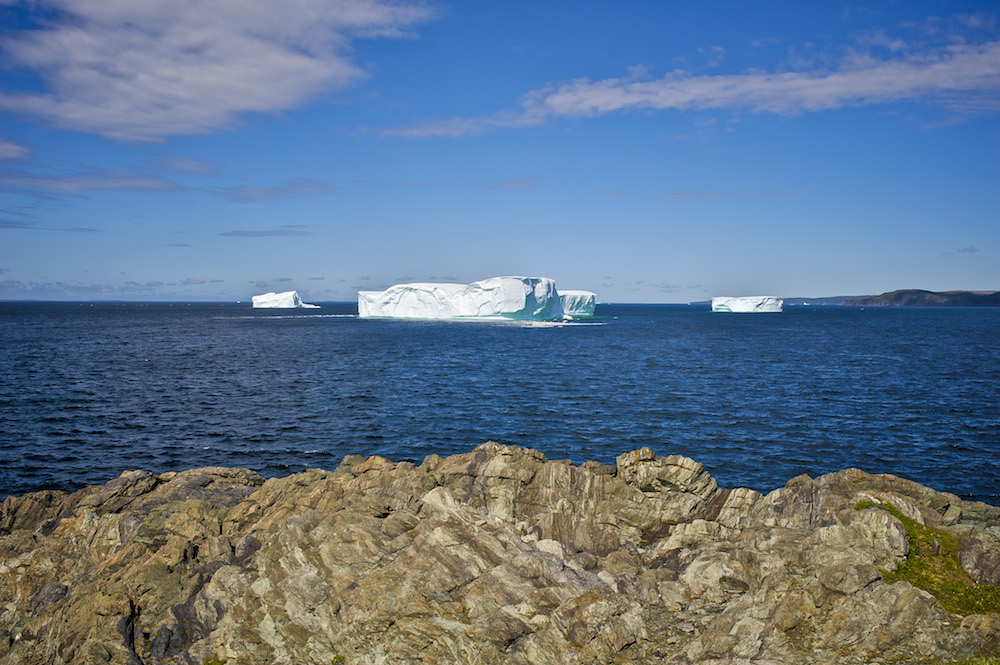
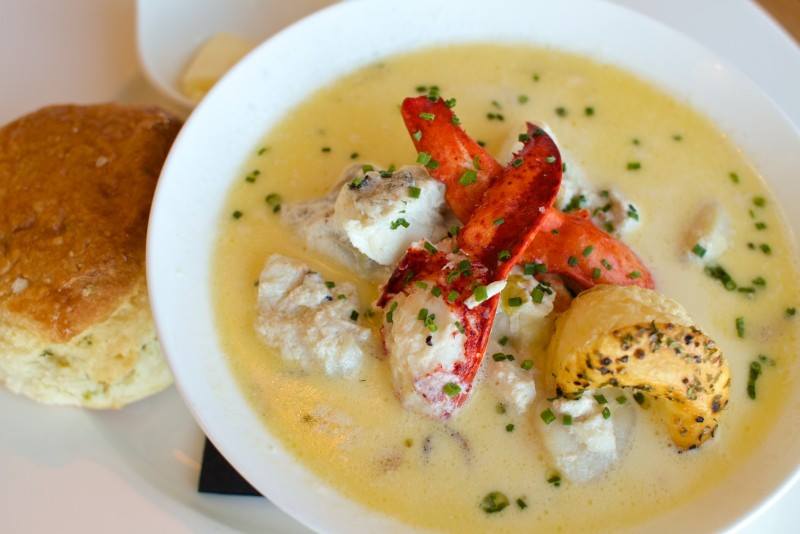
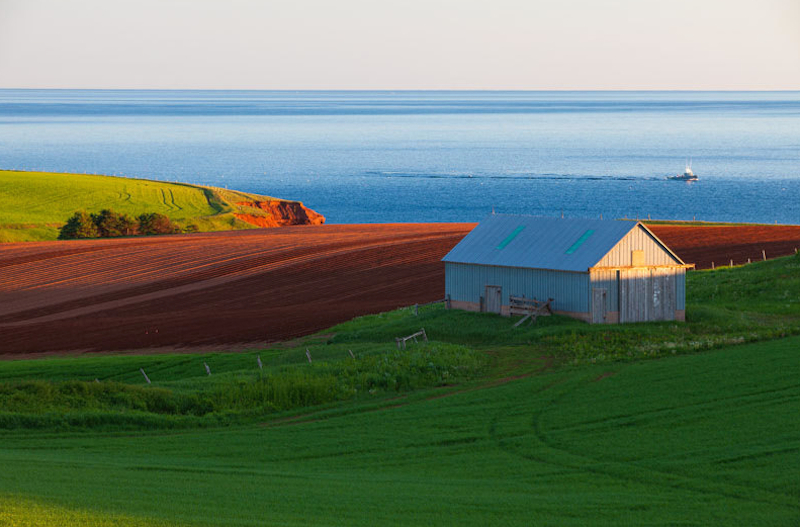


Pingback: Valerie paul
Pingback: Mark Thompson
Pingback: Darlene Foster
Pingback: Mark Thompson